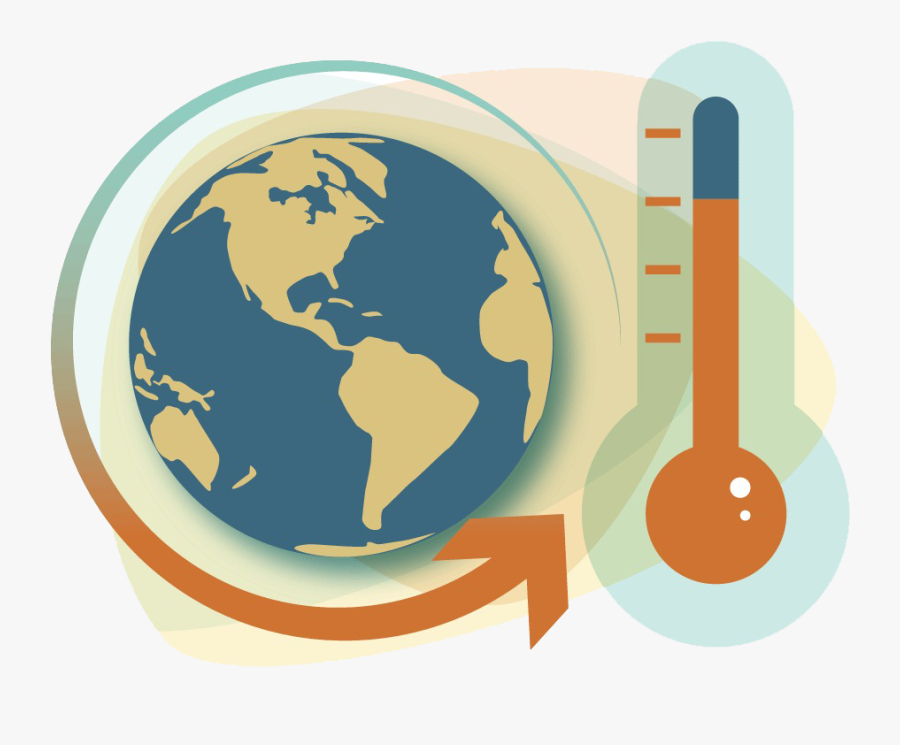Each day, we are inundated with news from different sources. Sometimes, it is hard to know what to believe–especially concerning such a highly debated topic as climate change. As a volunteer at the New England Aquarium, I see firsthand from the public how much misinformation there is about climate change and extinction. In order to combat climate change, we must first set the record straight about some of the most popular misconceptions so that we can all be on the same page.
One common misconception that I often hear is that an increase in carbon emissions is not that bad because plants need carbon dioxide to live. While it is true that plants require carbon dioxide for photosynthesis, there is no need for excess carbon dioxide to be in the atmosphere. Cellular respiration provides carbon dioxide that plants can use for photosynthesis, so most of the carbon dioxide emitted from fossil fuel combustion and other pollution is absorbed by carbon sinks and accumulates in the atmosphere, leading to an increase in global temperature.
Another common misconception is that the extinction of a species does not affect humans, so it is not a problem. I believe that this misconception originates from endangered species such as sea turtles and right whales that seem to have little effect on humans because we do not often see them in our everyday lives. While we may not have a direct connection to these species, they play major roles in their ecosystems that do affect us. For example, almost every species of sea turtle is endangered. Sea turtles affect humans because sea turtles control prey populations such as jellyfish that are potentially harmful to humans. Also, sea turtle eggs are consumed by many different animals, such as birds and fish. These birds and fish, in turn, provide food for species eaten by humans. In addition to the important ecological role of sea turtles, many communities rely on them as a source of income through tourism.
I have also heard the misconception that climate change is not that big of a deal now and that we can worry about it in the future. Of course, each person has their own definition of “not a big deal,” but in my opinion, the impacts of climate change that are already having a major effect on many ecosystems warrant immediate concern. For example, ocean acidification, one effect of climate change, has already caused more than 90% of the Great Barrier Reef to be impacted by coral bleaching. As for worrying about this problem in the future, a report released by the IPCC concluded that by 2030, global temperatures may reach a crucial threshold that will lead to major problems such as extreme droughts, heat waves, and sea-level rise. That gives us only 10 years to majorly decrease carbon emissions!
Lastly, a common misconception is that the hole in the ozone layer is responsible for global warming because the hole has allowed heat to enter Earth’s atmosphere. While both the ozone hole and climate change involve human-generated chemicals, fossil fuel combustion is believed to be the primary cause of climate change, while the hole in the ozone layer is believed to be caused by chemicals known as CFCs. The most harmful CFCs were banned in 1987 by the Montreal Protocol, which was mostly successful at halting the deterioration of the ozone layer!
It can be quite difficult to separate fact and fiction when discussing ever-changing topics. Since climate change and species extinction are such divisive issues, it is important to stick to the facts when forming opinions and discussing them.

